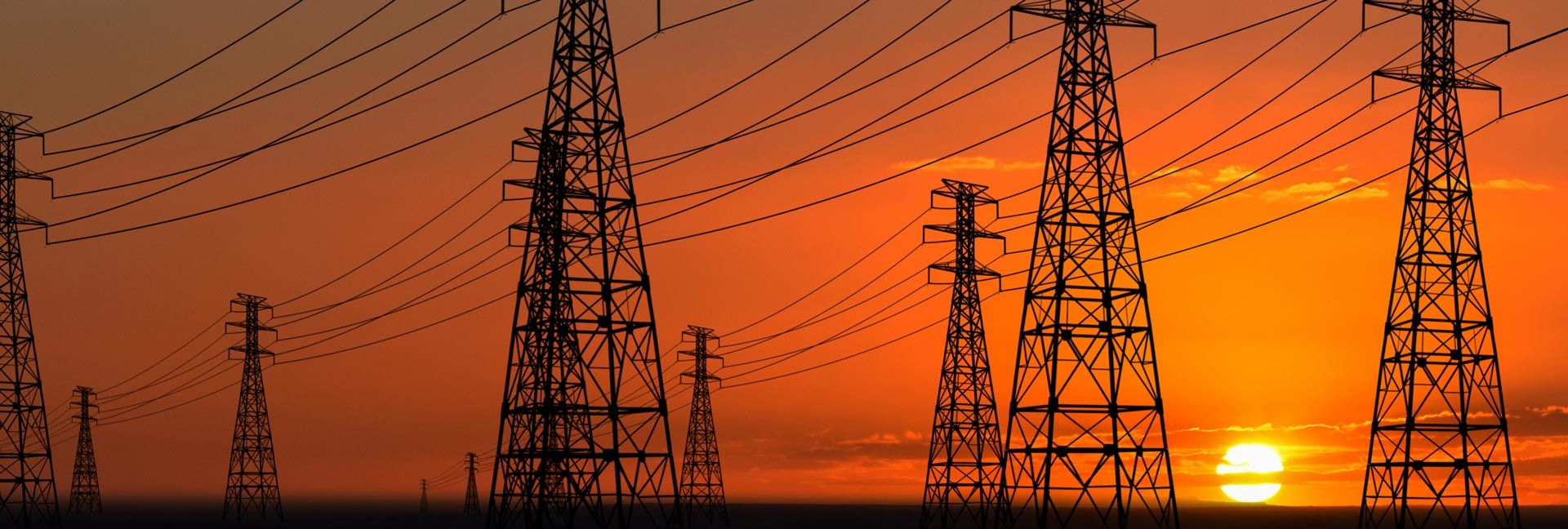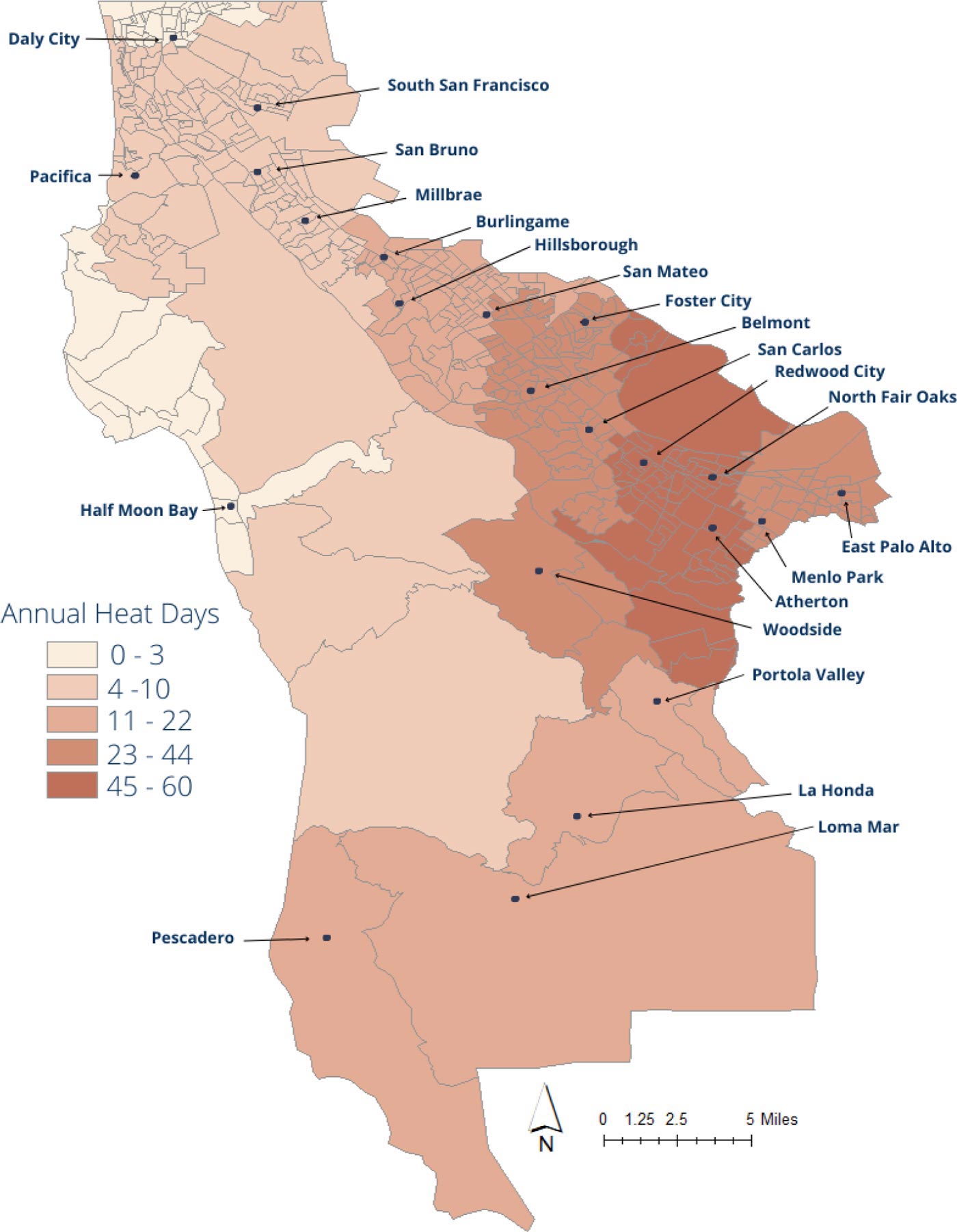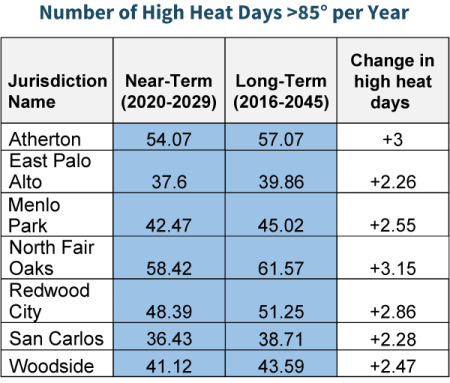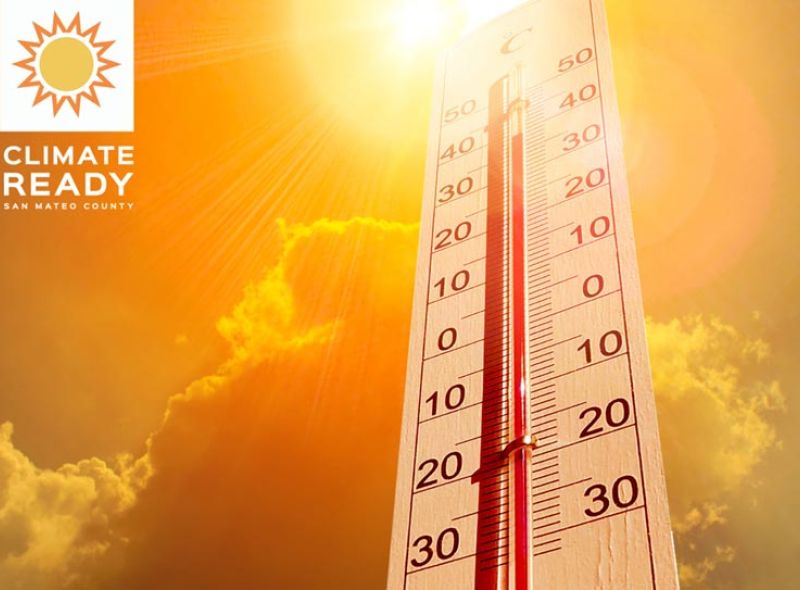
Extreme Heat
Rising Temperatures & Heat
Nationwide, extreme heat is one of the deadliest climate related hazards and one that already affects San Mateo County. High heat days and heat waves are experienced more frequently in recent years, including extraordinary heat in the Summer of 2020 and Fall of 2022, in addition to years of drought conditions. This may be even more impactful because San Mateo County has one of the lowest percentages of homes with air conditioning units in California, according to the Home for All and Climate Ready SMC joint Housing and Climate Readiness in San Mateo County Toolkit (PDF).
Impacts
Heat Impacts on Health and Infrastructure
As average temperatures rise, projections for San Mateo County anticipate an increase in the frequency and duration of extreme heat events due to climate change. These events may impact public health, vulnerable communities, and the viability of transportation networks.
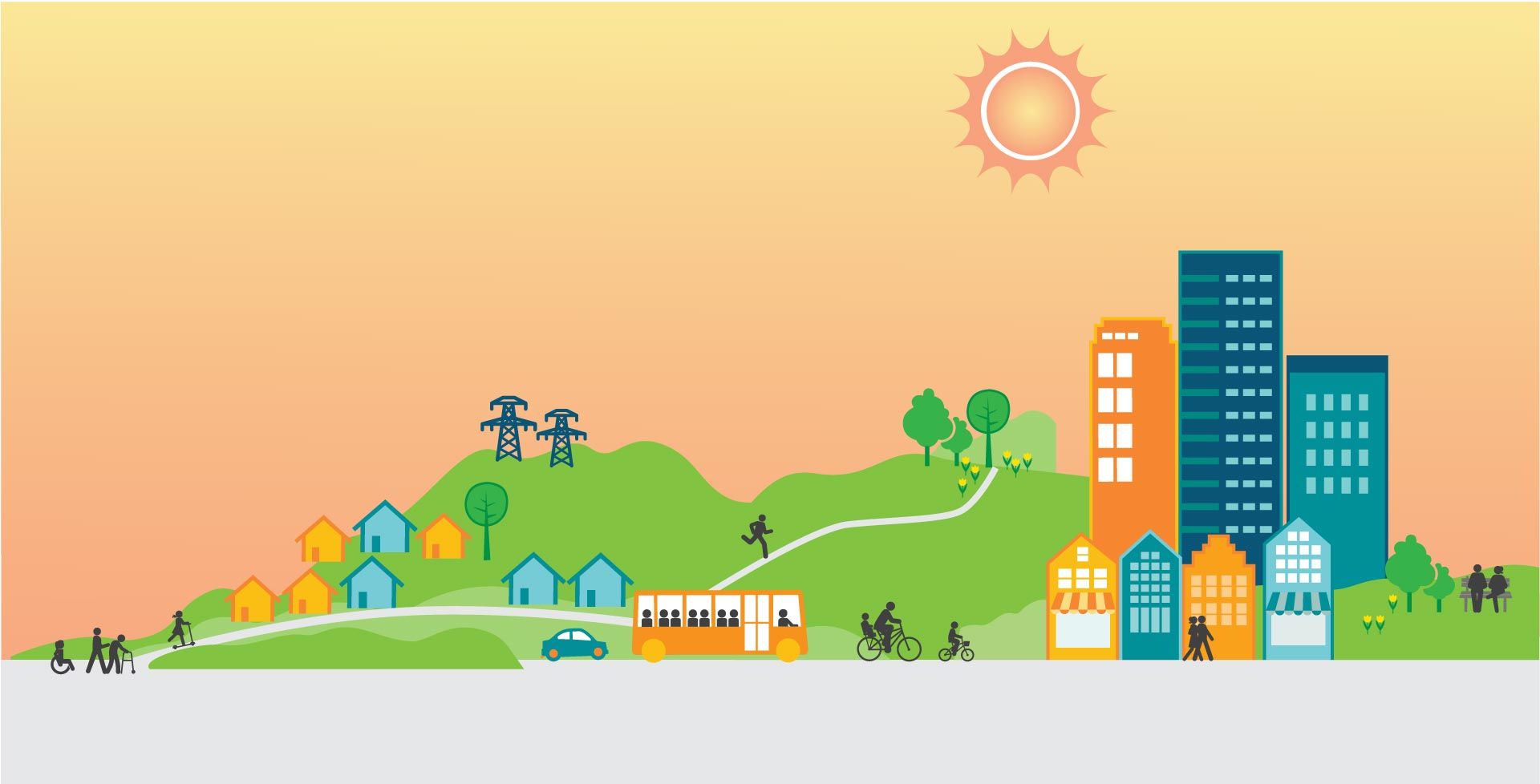
Populations anticipated to have increased vulnerability include: older adults, infants & children, pregnant persons, individuals with disabilities, people without housing, outdoor & manual workers, athletes
Power shutoffs due to increased energy demand
Heat stress
Dehydration
Exhaustion
Heat strokes
Aggravated allergies resulting from longer allergy seasons
Reduced productivity & mental health issues
Disruption of
public transportation services
Exacerbation of preexisting conditions
Respiratory & cardiovascular disease
The County of San Mateo Sustainability Department partnered with Stanford Future Bay Initiative and City Systems to better understand the implications of future climate conditions on heat projections and social vulnerability through the San Mateo County Extreme Heat Dashboard. The following map shows projections for average number of high heat days (above 85°F), by jurisdiction over the near-term (2020-2029) and long-term (2016-2045). Modeling suggests the average number of high heat days will increase for many jurisdictions with greatest impacts expected in Atherton, East Palo Alto, Menlo Park, North Fair Oaks, Redwood City, San Carlos, and Woodside. Extreme heat has disproportionate impacts on populations including older adults, children, people who do not live or work in climate-controlled conditions, who do not have personal vehicles, or who have pre-existing medical conditions.
Learn more through the Climate Ready SMC Extreme Heat and Public Health Factsheet (PDF).
Average annual high heat days >85° in San Mateo County
Possible Adaptation Strategies
Climate Ready SMC worked with cross-sector and community leaders to identify adaptation strategies to extreme heat, including tree planting and urban forestry, updated building codes, cooling centers and multilingual communication. Learn more through the Climate Ready SMC Extreme Heat and Public Health Factsheet (PDF).
Related to transportation, adaptation strategies included heat sensors for rail lines, shading for transit stations, increased service frequency during high heat, and increased funding for transit and road maintenance. Learn more through the Climate Ready SMC Extreme Heat and Transportation Factsheet (PDF).
The Extreme Heat Task Force was convened by the SMC Sustainability Department and Get Healthy San Mateo County to identify gaps and opportunities to address extreme heat, better understand the intersection of heat impacts and inequities, and identify adaptation strategies. The Task Force produced webinars on responding to Heat and Concurrent Hazards (2020) and the Benefits of Tree Canopy (2021).
Webinars
Unlocking the Multiple Benefits of Tree Canopy: Leveraging Data, Partnerships & Policy
Highlights:
- Stanford’s tree dashboard is presented as a tool to simplify public decision-making and target high needs neighborhoods;
- Presenter points:
- Tree canopy in historically under-invested communities increases heat and health resilience.
- Rapid cross-sectoral partnerships and investments are needed to meet these challenges.
Extreme Heat and Concurrent Hazards
The purpose of the webinar was to consider 2020’s unprecedented challenges and opportunities to address heat in the context of multiple hazards and climate impacts.
Highlights:
- Climate change-related extreme heat modeling – SMC Sustainability Department
- High Heat Protocols and Roles in San Mateo County – SMC Office of Emergency Services
- High Heat Response and Resilience Efforts – SMC Health
- Redwood City Protocol and Heat Response
- North Fair Oaks Heat Community Resilience Effort

